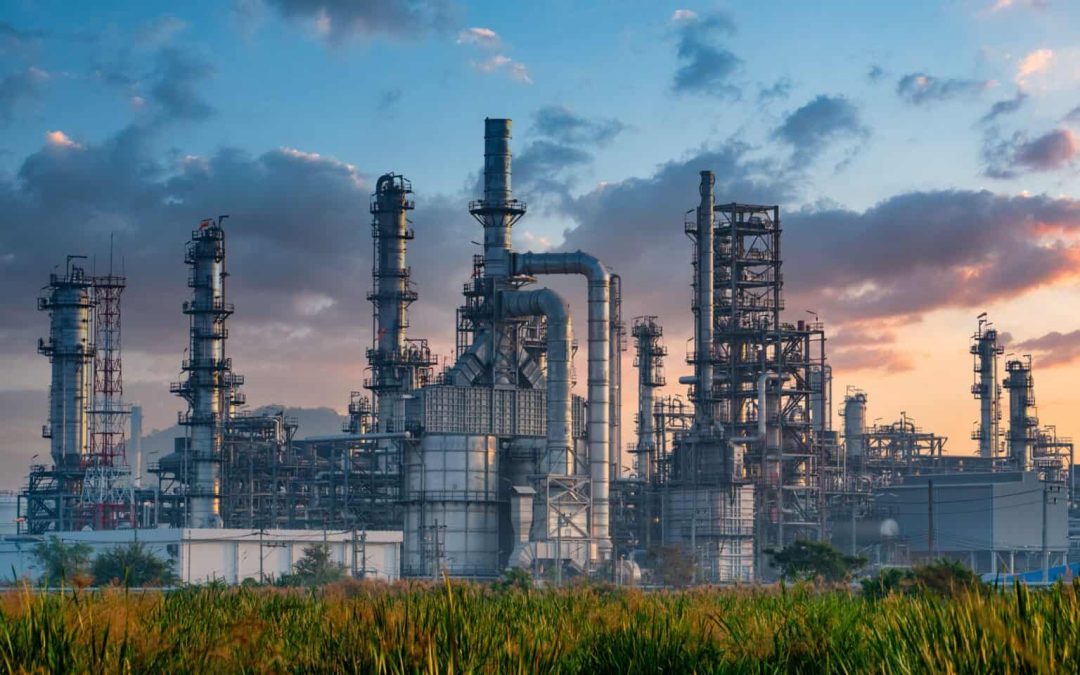As we enter the second half of 2025, heavy industry stands at a critical juncture, caught between conflicting forces of decarbonization mandates and geopolitical realignment. The sector’s performance will hinge on three key factors: the pace of energy transition investments, shifting trade patterns, and the evolving definition of “strategic” industries in an increasingly multipolar world.
The ESG Reckoning: From Voluntary to Mandatory
The regulatory landscape has hardened considerably. The EU’s Carbon Border Adjustment Mechanism (CBAM) now covers 100% of emissions for iron, steel, aluminum, and cement imports (European Commission, January 2025), creating a two-tier market where low-carbon producers command 15-20% premiums (CRU Group, Q2 2025). This has accelerated consolidation, with ArcelorMittal (MT) acquiring two European mini-mills to boost its EAF (electric arc furnace) capacity, while laggards like China Baowu Steel face shrinking access to premium markets.
In the U.S., the 2024 election’s outcome has brought unexpected continuity. Despite political rhetoric, both parties have maintained core IRA provisions, with 45Z tax credits for clean steel production driving a new wave of DRI (direct reduced iron) plant investments (Rhodium Group, May 2025). Notably, Nucor (NUE) and SDI (STLD) have secured 70% of their energy needs through renewables, insulating them from gas price volatility.
Commodity Crosscurrents: Winners and Stranded Assets
- Copper’s Supercycle Accelerates
- The global copper deficit has widened to 500,000 metric tons, driven by AI data center buildouts (each requires 2-5x more copper than traditional facilities) and delayed mine approvals in Peru/Chile.
- Freeport-McMoRan (FCX) has become a prime takeover target, with Glencore and BHP both rumored to be running due diligence.
- Aluminum’s Energy Paradox
- Middle Eastern smelters (EGA, Alba) now supply 40% of Europe’s aluminum (up from 25% in 2022) as high power costs shutter EU capacity.
- A new futures contract for “green aluminum” (produced with <3 tons CO2/ton) has seen volumes surge 300% YoY (LME, Q2 2025).
- The Great Nickel Crash
- Indonesian laterite nickel oversupply has pushed prices to $14,000/ton, bankrupting 15% of global producers .
- Only integrated players like Vale (VALE) (with Canadian hydropower-fed operations) remain profitable.
Geopolitical Wildcards Reshape Supply Chains
- U.S.-China Rare Earth Detente: The 2025 Critical Minerals Accord has eased export controls, benefiting MP Materials (MP) but pressuring Australian juniors.
- India’s Steel Surge: With 120 million tons of new capacity (mostly coal-based), India has overtaken Japan as the world’s #2 producer.
- BRICS+ Raw Materials Cartel: Russia, South Africa, and Iran are testing a “minerals OPEC” for PGMs and chromium.
Investor Playbook for H2 2025
1. Overweight:
- North American clean steel (NUE, STLD, CLF)
- Copper miners with Tier 1 assets (FCX, SCCO)
- Defense-exposed alloys (ATI, HII)
2. Avoid:
- Non-integrated nickel plays
- European smelters without renewable PPAs
- Chinese steel exporters (CBAM exposure >20% of EBITDA)
3. Wildcard Bets:
- Lithium Americas (LAC): Thacker Pass commissioning could coincide with a price rebound
- Constellium (CSTM): Aerospace aluminum demand is outpacing capacity
The Bottom Line
The heavy industries that will thrive in H2 2025 aren’t necessarily the cheapest – they’re the most adaptable. Investors must track not just earnings, but carbon accounting, power purchase agreements, and trade rule changes with equal rigor. In this environment, the “old economy” is being rebuilt before our eyes – with enormous stakes for those positioned correctly.
Main sources: IMF, World Bank, S&P Global, BloombergNEF, Reuters, Citi Research, Goldman Sachs – June-July 2025 projections
Important Disclaimer: The content of this article is provided for informational and educational purposes only. It reflects the author’s opinion based on information available at the time of publication, which may become outdated. This content does not constitute personalized investment advice, a recommendation to buy or sell, and does not guarantee future performance. Markets carry a risk of capital loss. The investor is solely responsible for their decisions and should consult an independent professional advisor before any transaction. The publisher disclaims all liability for decisions made based on this information.

